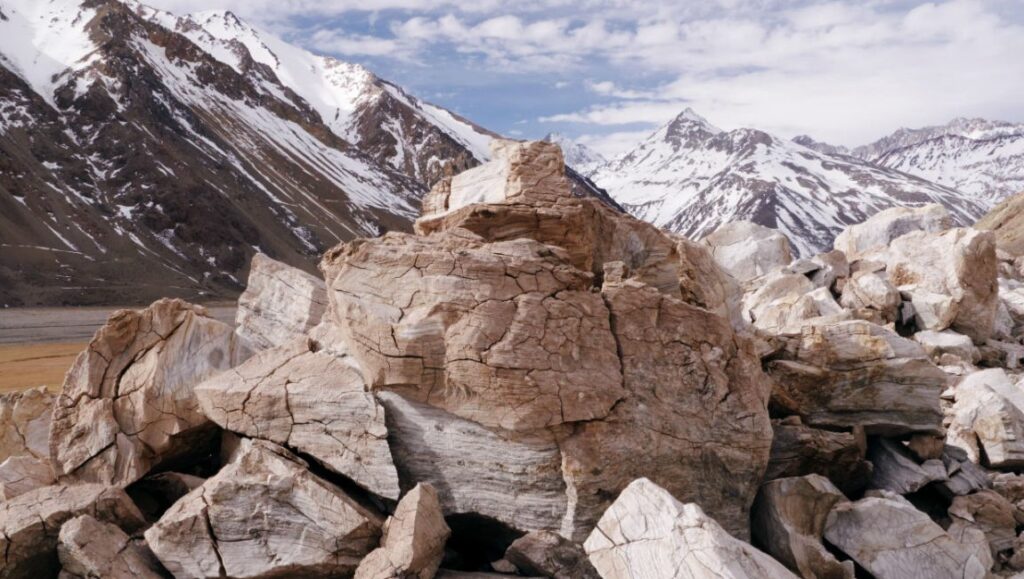Patricio Guzmán’s latest documentary offers similar but waning insight to his two previous, more successful efforts.
The Cordillera of Dreams is the third and final film in the unofficial trilogy directed by Chilean director Patricio Guzmán, preceded by the critically acclaimed Nostalgia for the Light and The Pearl Button. All centered on events during Pinochet’s dictatorship from various points of view, these films use metaphorical elements to speak to the importance of those events and why it’s essential that they not be forgotten. The cordillera metaphor that Guzmán employs here — linking the lingering effects of the nation’s violent coup with traces of past cataclysms in the bedrock of a mountain — doesn’t entirely work. But the film compensates with a large amount of footage of historical protests during the dictatorship, shot by a Guzmán’s friend, who marvels at the technological advances that allow him to fit 1,200 hours of footage in a hard drive, something that would’ve been unthinkable back in the 1980s. Throughout the film, offhand moments confront the horrific past and the marks it leaves on the present, while some particularly sharp talking heads offer insight into the present sorry state of Chilean neoliberal society. Given the existence of two (superior) previous films, it’s in such moments that The Cordillera of Dreams finds its strongest reason for being.
Published as part of February 2020’s Before We Vanish.


Comments are closed.